Understanding Key Signatures
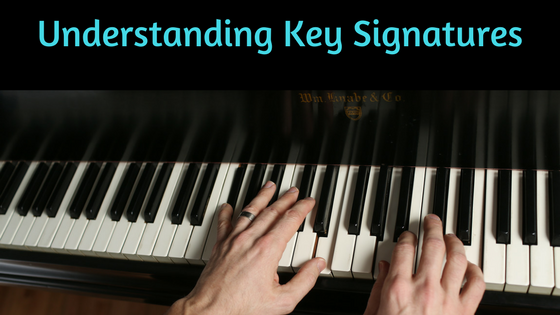
Understanding key signatures is all about learning your 12 major and relative minor scales. And in this article we’re going to help you make sense of all of those terms. In fact, you may be happy to learn that there is a little trick that we can use to quickly determine which major key a particular key signature represents. So let’s get started on this all-important music skill!
Understanding Key Signatures: What Are They?
Let’s try to make this as simple as possible. A major key (in music) is just a collection of 7 different notes. So a key signature is the name we give to a particular collection of 7 notes. And the good news is that there are only 12 major keys, and therefore only 12 key signatures, that you need to memorize. There are also 12 minor scales, BUT those 12 minor scales are related to the 12 major keys because the key signatures are exactly the same. Said more simply, you only need to memorize 12 different key signatures but there are 2 names for each key signature.
Understanding Key Signatures: How to Read Them
Key signatures appear immediately to the right of the clef. Although this collection of sharps and flats looks like they are staggered up and down, we have to read them in a very specific order – from left to right. So in the example below (which happens to be the key signature of B major) we read the sharps in the key signature from left to right as F#, C#, G#, D#, A#.
The same is true for flats. The key signature below is Ab major and the flats are read “Bb, Eb, Ab, Db.”
Understanding Key Signatures: Trick for Reading Major Keys
In order to quickly read a key signature and know which major key you are in, simply do the following:
- For FLAT KEYS: Find the 2nd-to-last flat. This is your major key.
- For SHARP KEYS: Find the last sharp and go up a half-step. This is your major key.
Let’s try a couple examples:
In the example above we’re dealing with flats. The 2nd-to last flat is ‘Db,’ which means this is the key signature for Db major.
In the example above using sharps, we see that the last sharp is ‘G#.’ Moving up a half-step from ‘G#’ brings us to ‘A.’ Therefore this is the key signature for ‘A’ major.
Understanding Key Signatures: Relative Minor Keys
As we mentioned above there are ONLY 12 key signatures. But, each key signature can be either a major key or its relative minor key. To know for sure whether you’re in a major key or a minor key you need to look at and listen to the music to see if it centers around the major tonality or the minor tonality.
In order to find the minor key signature you simply find the major key signature and count up to the 6th degree of that major scale. This 6th scale degree represents the root of the minor key.
For example, below is the key signature for E major.
The 6th degree of the E major scale is C#. This means that C# minor and E major share the same key signature. So now when you see this key signature you will know that there are two possible keys represented: E major and/or C# minor.


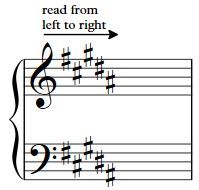
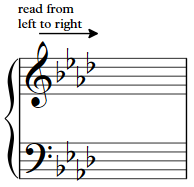
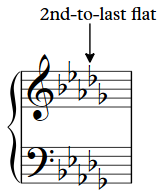
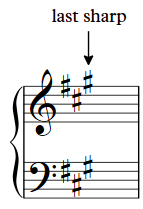

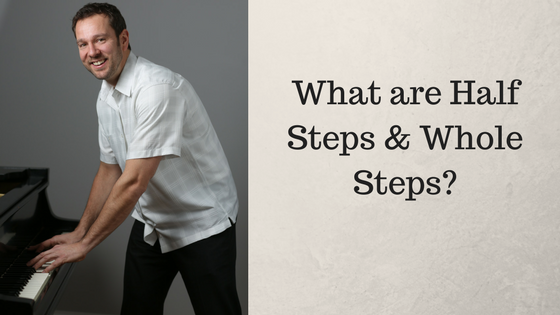

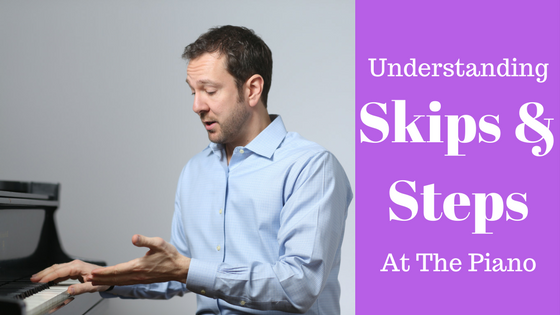
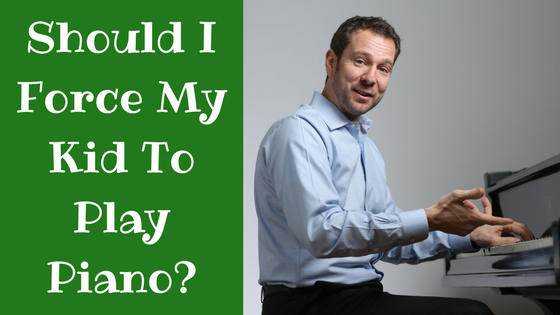

Responses